Despite the contradiction, the concept of DAM vs MAM is still important to understand since both are related to digital media. it’s important to explain the difference between media and digital media. Digital media includes various platforms, including websites, social media, and video streaming services. Traditional media on the other hand it’s all the other outlets that existed before the internet. People often refer to DAM MAM terms interchangeably due to several reasons. Both these systems help organizations manage their various content files, from their original raw stag
People often refer to DAM MAM terms interchangeably due to several reasons. Both these systems help organizations manage their various content files, from their original raw stage to their completed product. They make it easier for teams to collaborate and manage these files.
What is DAM?
The DAM process involves managing the various kinds of files that are stored in an organization’s general collection. These files are typically used to manage the operations of a company. A DAM system handles different kinds of files, such as photos, 3D models, and audio and videos.
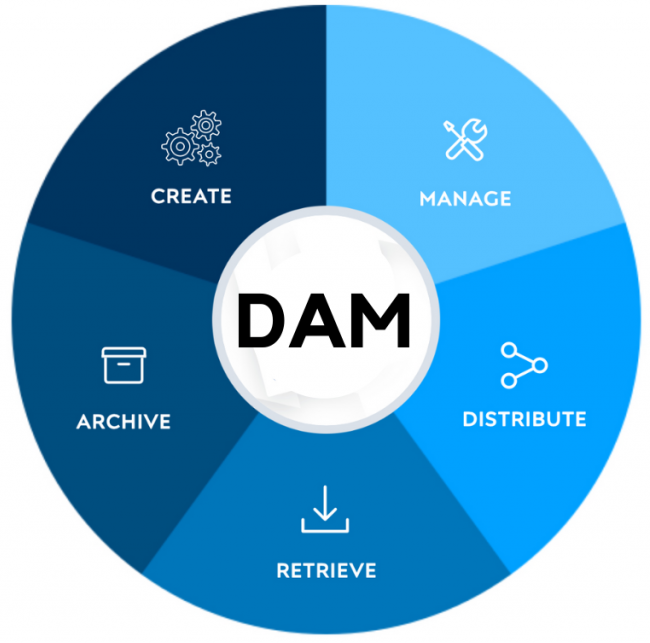
A DAM system helps organizations create and distribute their content more easily. It eliminates the need for them to manually enter data and allows them to distribute their images across various platforms and helps improve brand consistency.
What is a MAM?
Originally, MAM define was used by the movie and television industry to manage the various assets involved in the production and distribution of media. It can be very cost-effective when dealing with large-sized videos. Because of their ability to handle complex workflows, MAMs are often utilized as an integrated platform by video production teams.

It’s easy to see how some refer to the terms DAM vs MAM interchangeably. Both of these solutions make it easier for others to find and use the content they have stored. Whether they’re distributing content on social media or in a video, a MAM should make it easier for people to find and use.
Benefits of MAM
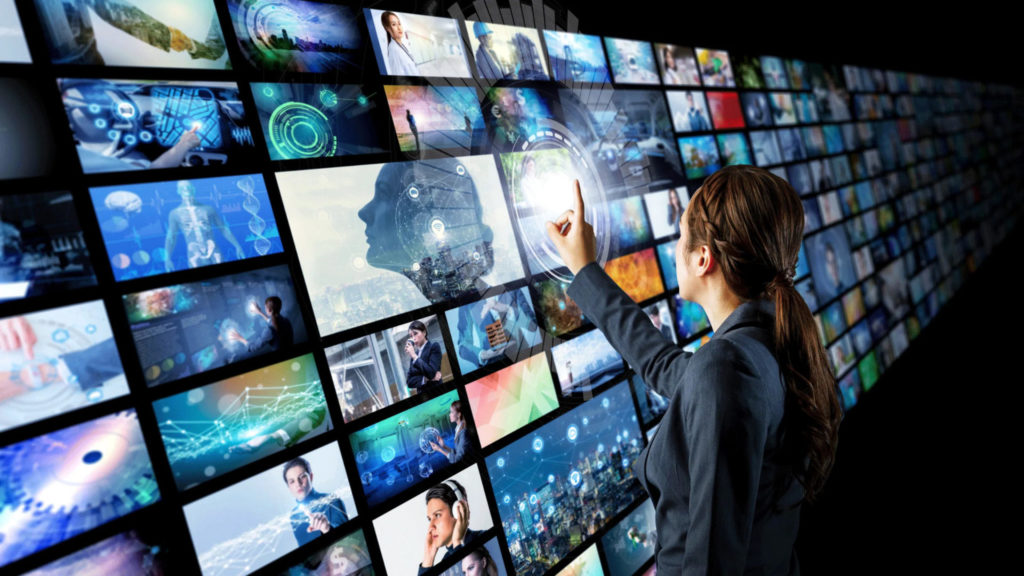
- A MAM system can help organizations save money when it comes to the creation of content. It can help them find and organize their assets, distribute content more efficiently, and speed up the processing of files. Some MAM systems use proxies to speed up the processing of large files.
- Simplified and automated video production workflow management
- Due to the sensitive nature of data that organizations store, they require a high level of security when it comes to their assets. A MAM system can provide businesses with the necessary security measures to keep their data private. Its central location and ability to store its assets in one secure place make it an ideal choice for any organization.
- It has the ability to handle large videos and integrate with various external applications used for video creation and distribution.
The Benefits of DAM
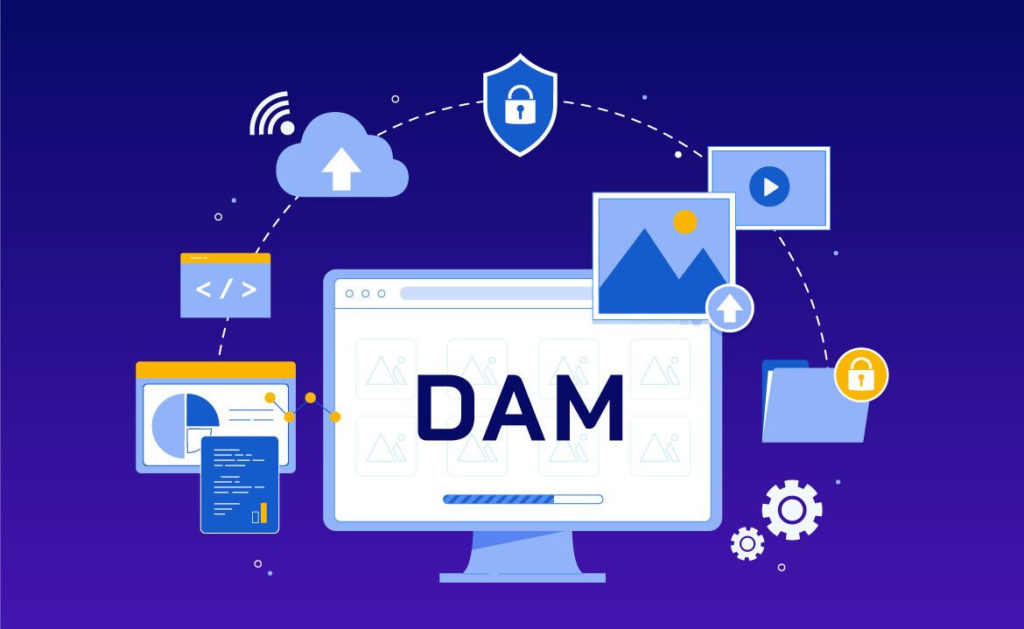
- The ability to add keywords and other custom metadata to digital assets for quick asset discovery/search
- For all your media assets you get full version control and real-time history monitoring.
- A single place to manage and store the various digital assets that provide you with a streamlined way to find and navigate through all of your content. This is because the DAM system includes a user-friendly search tool.
- You can easily distribute found content to other people utilizing the features of an effective DAM system
- In order to maintain the integrity of your brand, the DAM system lets you share the latest version of your content with all your users, control access permission, and also keep track of where and how it has been used.
What do DAMs and MAMs have in common?
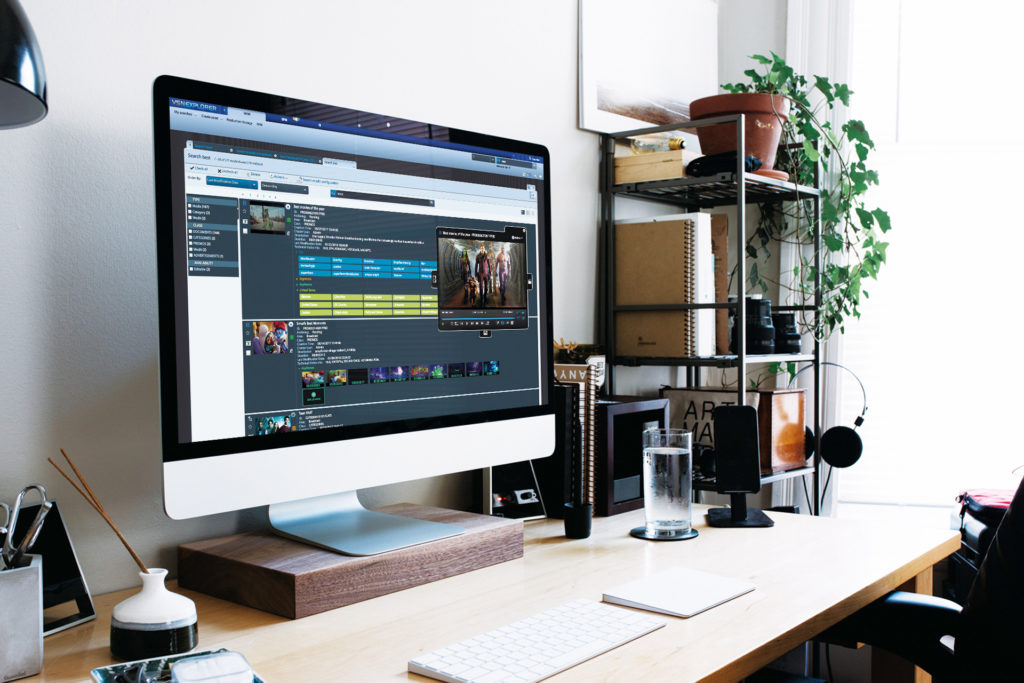
The technological advancements that have occurred over the years have made it easy for people to store and manage their media creations. Video creation has become a popular medium for traditional advertising and marketing, but it has also moved to become the standard format for web and social media. Because of this, more video assets are being created and managed by dam media systems and MAM systems. These systems had to become more agile to meet the needs of their users.
DAM vs MAM: A Media Asset Management system can provide many of the same benefits as a traditional DAM system. With the addition of features such as version control, and the ability to store and manage video and audio files.
The difference between DAM vs MAM
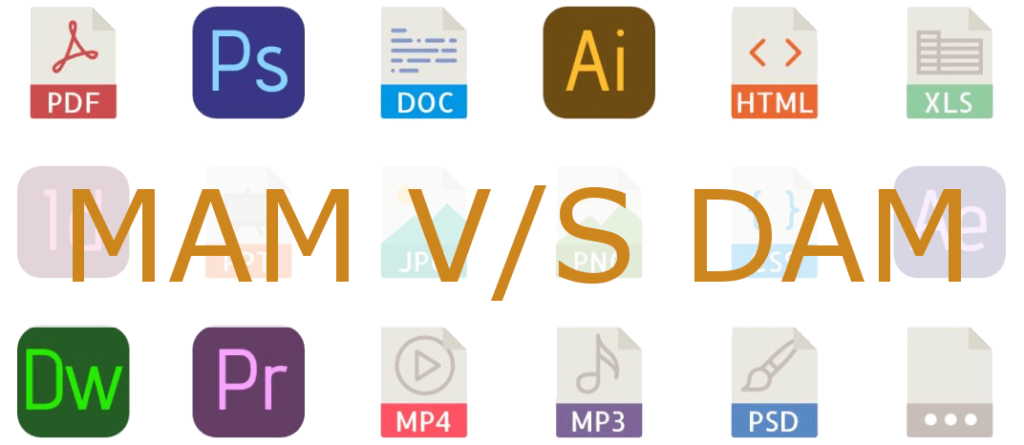
Before we talk about DAM vs MAM and dive deeper into their differences, let’s first look at their main goals. Both of these systems aim to make it easier for users to find, share, and monitor their content. They also allow users to only access the things they’re entitled to, and they come with the necessary tools to manage permissions and the content.
Now let us look at what makes them unique (DAM vs MAM):
The MAM system is the central component of any workflow for image, audio, or video production. It enables editors to store and manage content in one location, and they can access it through various editing tools such as Adobe.
A digital asset management system (DAM) is a tool that focuses on the management and reuse of brand-related content. This type of content includes marketing materials, documents, audio files, videos, and logos.
How have the lines between DAM vs MAM blurred?
The distinction between DAM vs MAM was straightforward: MAM was mainly used for storing video files, while DAM was used for organizing. You had to have both systems for each of their purposes, but now the mam dam line is more blurred out. Due to the existence of overlapping features between DAM vs MAM software, there is a lot of confusion regarding which system is better.
With the ability to store and manage media assets, both systems can allow your business to secure its large libraries. With the evolution of the DAM software, you can also add some creative workflow capabilities. Due to the evolution of software, tools like Picvario have gained the ability to handle many of the functions of a traditional media asset management system. With the help of advanced analytics and content management workflows, the Picvario DAM solution can provide a more effective and efficient platform for managing your assets.
In the past, video production teams mainly used MAM systems for content management. However, as the industry shifted toward digital asset management, it became more important that they use systems that support a wider range of assets.
Which is better: DAM vs MAM?
Before you start the process of identifying the ideal solution, it’s important that you first assess your current assets and the direction of your company. Having a clear understanding of your needs will allow you to ask the right questions and make informed decisions.
DAM vs MAM: Are you tracking projects and media production more holistically? Digital asset management (DAMs) can help you manage your various projects and workflows more effectively.On the other hand, a MAM product focuses on the production of audio and visual assets. This includes the pre-and post-processing of the finished asset.
The goal is to find a system that will meet all of your needs, and that will also work for your organization. However, before you start implementing a system, it’s important that you first evaluate the capabilities of the system.
If you need to integrate your production tools and video editing equipment, then a dedicated MAM system is a must. However, if you need more flexibility and value a digital asset management system is more versatile and can work seamlessly with video editing software.





